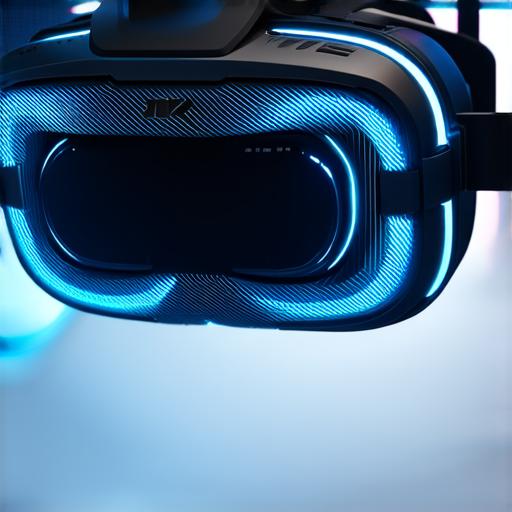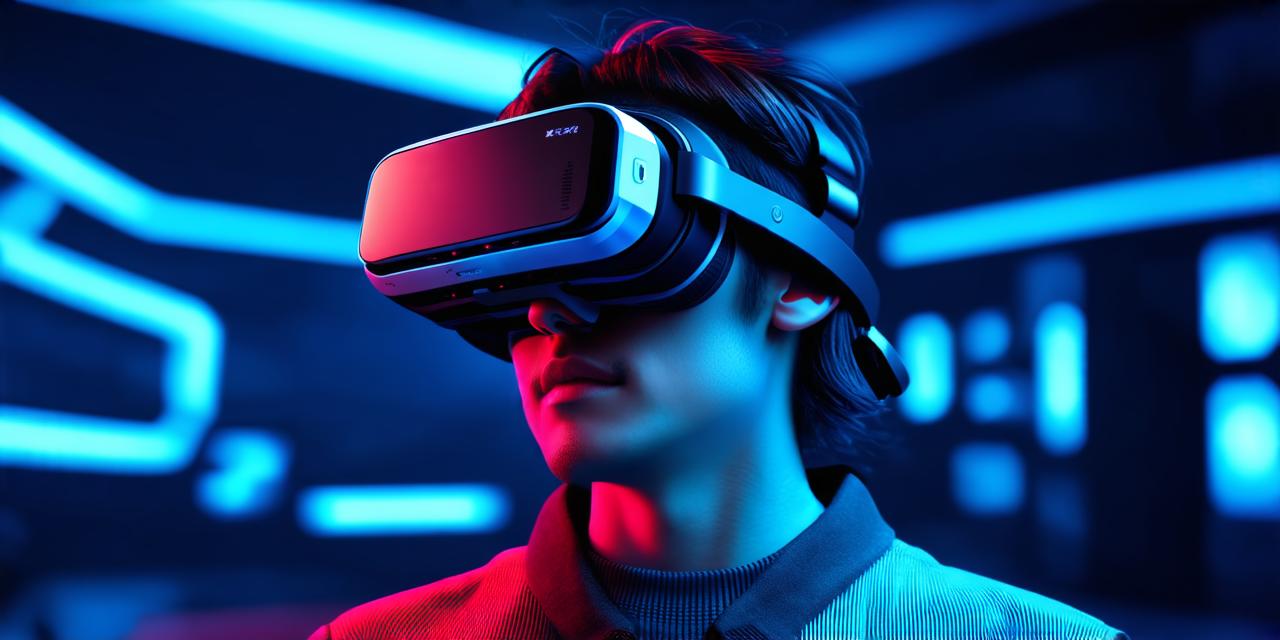Virtual reality (VR) technology has rapidly advanced in recent years, and one of the key components of any VR experience is a virtual reality headset. In this article, we will explore the function of a virtual reality headset and how it contributes to the immersive experience that users can enjoy.
What are Virtual Reality Headsets?
Virtual reality headsets are devices worn on the head that track the user’s movements and provide an immersive view of a virtual environment. The headset typically consists of two displays, one for each eye, which display stereoscopic images that create the illusion of depth and 3D. Additionally, the headset may include sensors such as accelerometers, gyroscopes, and magnetometers, which track the user’s movements and adjust the image in real-time to match their perspective.
The Function of a Virtual Reality Headset
The primary function of a virtual reality headset is to provide an immersive experience that transports the user into a virtual world. This is achieved by creating a 360-degree view of the environment, which surrounds the user and allows them to look in any direction they choose. The headset’s displays create this illusion of depth and 3D, making the user feel as though they are truly in the virtual world.

In addition to providing an immersive experience, virtual reality headsets also track the user’s movements, allowing them to interact with the virtual environment. This is achieved through the use of sensors such as accelerometers, gyroscopes, and magnetometers, which track the user’s head movements and adjust the image in real-time to match their perspective. This allows the user to look around and explore the virtual world as if they were really there.
The Benefits of Virtual Reality Headsets
Virtual reality headsets offer a number of benefits to users, including:
-
Immersive Experience: Virtual reality headsets provide an immersive experience that transports the user into a virtual world. This allows them to explore and interact with the environment in a way that was previously not possible.
-
Training and Simulation: Virtual reality headsets can be used for training and simulation purposes, allowing users to practice skills in a safe and controlled environment. For example, medical students can use virtual reality to simulate surgeries, and pilots can use virtual reality to simulate flight scenarios.
-
Entertainment: Virtual reality headsets can also be used for entertainment purposes, allowing users to play games or experience interactive movies in a virtual world.
-
Accessibility: Virtual reality headsets are accessible to people of all ages and abilities, making them an inclusive technology that can be enjoyed by everyone.
Conclusion
Virtual reality headsets play a crucial role in creating an immersive experience that transports the user into a virtual world. By tracking the user’s movements and providing a 360-degree view of the environment, virtual reality headsets allow users to explore and interact with the virtual world in a way that was previously not possible. With their ability to provide training and simulation, entertainment, and accessibility, virtual reality headsets offer a wide range of benefits to users.



